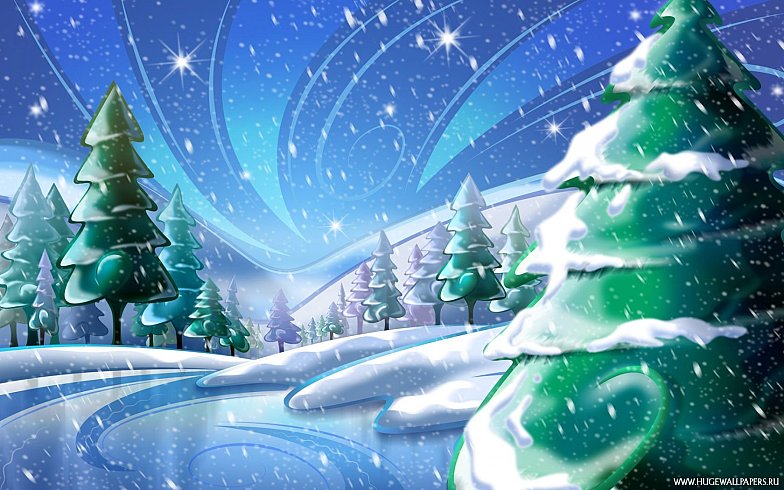|
|
Christmas Card And Decoration
|
Dickens sought to construct Christmas as a family-centered festival of generosity, in contrast to the community-based and church-centered observations, the observance of which had dwindled during the late 18th century and early 19th century. Superimposing his secular vision of the holiday, Dickens influenced many aspects of Christmas that are celebrated today in Western culture, such as family gatherings, seasonal food and drink, dancing, games, and a festive generosity of spirit. A prominent phrase from the tale, 'Merry Christmas', was popularized following the appearance of the story.
The term Scrooge became a synonym for miser, with 'Bah! Humbug!' dismissive of the festive spirit. In 1843, the first commercial Christmas card was produced by Sir Henry Cole. The revival of the Christmas Carol began with William B. Sandys Christmas Carols Ancient and Modern (1833), with the first appearance in print of 'The First Noel', 'I Saw Three Ships', 'Hark the Herald Angels Sing' and 'God Rest Ye Merry, Gentlemen', popularized in Dickens' A Christmas Carol.
In Britain, the Christmas tree was introduced in the early 19th century following the personal union with the Kingdom of Hanover, by Charlotte of Mecklenburg-Strelitz, Queen to King George III. In 1832 a young Queen Victoria wrote about her delight at having a Christmas tree, hung with lights, ornaments, and presents placed round it. After her marriage to her German cousin Prince Albert, by 1841 the custom became more widespread throughout Britain.
An image of the British royal family with their Christmas tree at Windsor Castle, created a sensation when it was published in the Illustrated London News in 1848. A modified version of this image was published in the United States in 1850. By the 1870s, putting up a Christmas tree had become common in America.
|
|









